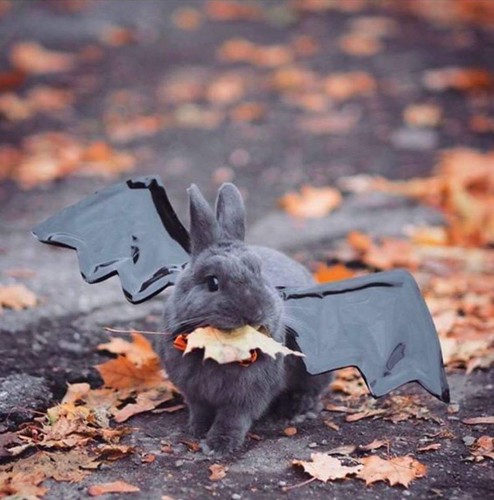 |
| Some bunnies just have the spirit of Halloween in them |
Happy Friday ! It being the last Friday of the month of Halloween I thought I would do something special !!! Something like a Halloween special for all of you who have supported me and read the blog every week. I normally do not do this except at Christmas or Hanukah but hey, Halloween is a time to share the love around just as much ! There are some super fibre and yarn offers so please check them out and treat yourself !
Also, the club sign ups for 2019, yes you read it: two thousand and nineteen !!! are open as of tonight ! I have added some more photos of the October club to the overview to give those of you who have never been a member of any of the IxCHeL clubs, an idea of what it is like to get a surprise sent to you every month. I will keep the Art Journey theme going for another year, not only because I am having a ball trying the recreate and interpret the various art works but also because the response of so many members who are loving the yarns and fibre interpretations, together with the patterns and the art information they are receiving every month.
Here are some photos of the October clubs that were all shipped out last monday :

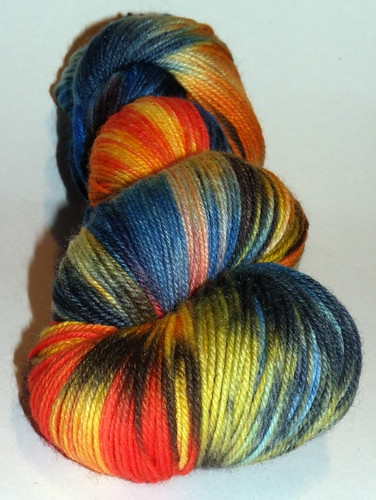
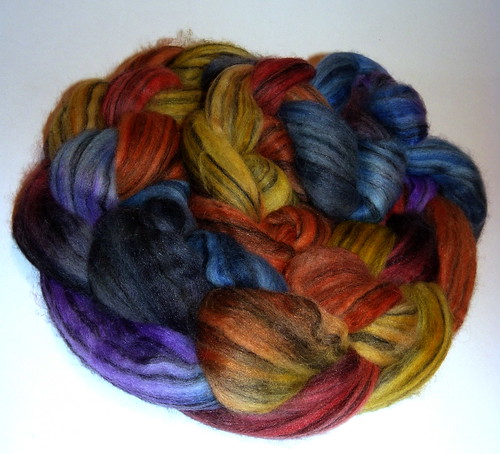

Also, the club sign ups for 2019, yes you read it: two thousand and nineteen !!! are open as of tonight ! I have added some more photos of the October club to the overview to give those of you who have never been a member of any of the IxCHeL clubs, an idea of what it is like to get a surprise sent to you every month. I will keep the Art Journey theme going for another year, not only because I am having a ball trying the recreate and interpret the various art works but also because the response of so many members who are loving the yarns and fibre interpretations, together with the patterns and the art information they are receiving every month.
Here are some photos of the October clubs that were all shipped out last monday :




Get ready !!!! No tricking here, just lots of fluffy treats !!! Here is this weeks Halloween Special Update ! Have lots of fun !
To order: email or message me on facebook or Instagram, quoting whether you would like Fibre tops or what type of yarn you would like in either “Eco dyed”, “Pastel Dreamy ” or “Vibrant”, together with how many surprise parcels you would like, together with your postal address and I will get right back to you with all the payment details. Only a limited amount available, so do not wait too long !
HALLOWEEN SURPRISE FIBRE OFFER
This is a rare opportunity to get a fabulous array of fibre at an amazing Halloween price ! Here is the offer:
THREE Halloween Surprise Special IxCHeL Blended Halloween FIBRE TOPS for $56 (That’s a saving of around $20 !) You can choose between three different colour options: “Eco Dyed” , “Pastel Dreamy” or “Vibrant”. Here are some of the examples of each :
 |
| Eco dyed (you will receive naturally dyed tops) not all the same blue, but it can be anything from indigo to woad to mossy green or even a dusky purple. |
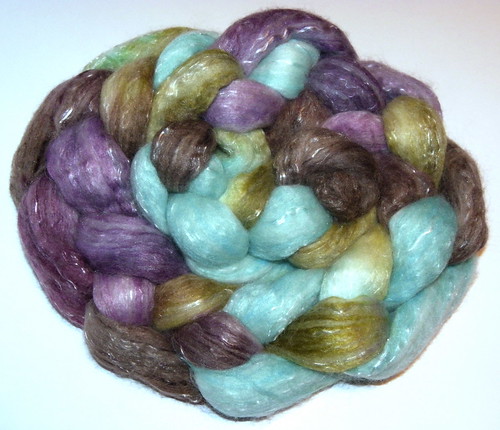 |
| example of pastel dreamy, it can be any colour combo though not exactly this one, as long as it is dreamy and pastelly |
 An example of vibrant tops, again, you may not get exactly this colourway but it will be vibrant
An example of vibrant tops, again, you may not get exactly this colourway but it will be vibrantHALLOWEEN SURPRISE SOCK YARN OFFER
This is a rare opportunity to get a fabulous array of 4 PLY yarn at an amazing Halloween price ! Here are all the offers:
THREE Surprise Special IxCHeL hand dyed 4 ply yarns (either a merino/silk/nylon or a merino/cashmere/nylon/silver Angelina yarn) for $70 (That’s a saving of around $17-$26 !)
You can choose between three different colour options: “Eco Dyed” , “Pastel Dreamy” or “Vibrant”. Here are some examples of what you can expect in each colour section. These colours are just examples, not the exact replica of what you will receive ! Vibrant can be anything from rainbow to reds to pinks to bright colours. Pastel dreamy is not only limited to heathery shades but can be anything with that dreamy vibe (lol I hope I am making this as clear as possible, but if you have any questions, PM me!)
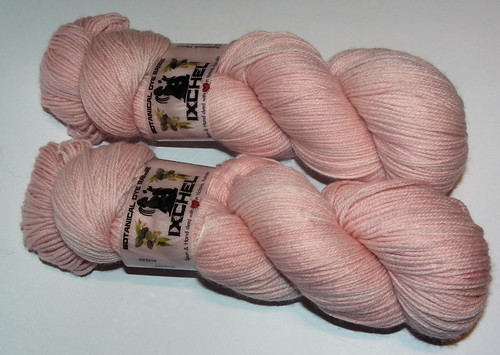 |
| eco dyed example |

dreamy example
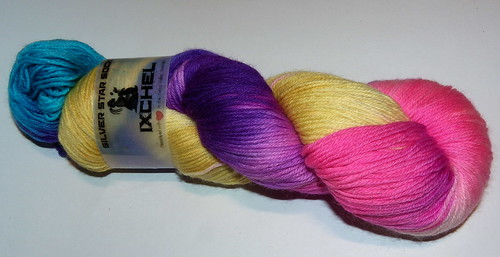
HALLOWEEN SURPRISE
LACE WEIGHT OR 2 PLY YARN OFFER
This is a rare opportunity to get a fabulous 2PLY LACE WEIGHT OF SUPERFINE MERINO yarn at an amazing Halloween price ! Here is the offer:
THREE Surprise Special IxCHeL hand dyed LACE WEIGHT PURE SUPERFINE MERINO YARNS (100G / 710M X 3) for $70 (That’s a saving of $20 !)
Again, you can choose between three different colour options: “Eco Dyed” , “Pastel Dreamy” or “Vibrant”. Here are some examples of what you can expect in each colour section. These colours are just examples, not the exact replica of what you will receive !
Vibrant can be anything from rainbow to reds to pinks to bright colours. Pastel dreamy is not only limited to heathery shades but can be anything with that dreamy vibe (lol I hope I am making this as clear as possible, but if you have any questions, PM me!)
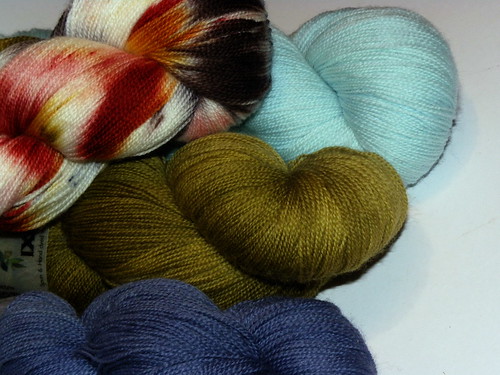 |
| ECO DYED |
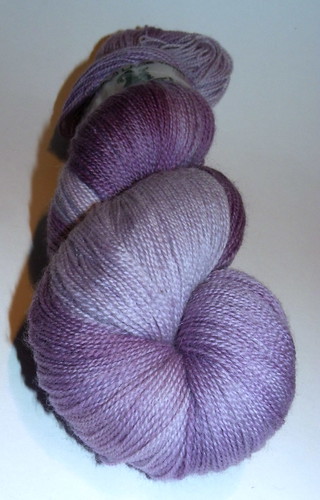 |
| PASTEL DREAMY |
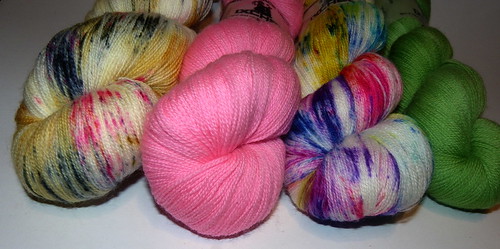 |
| VIBRANT |
HALLOWEEN SURPRISE COBWEB 1PLY YARN OFFER
This is a rare opportunity to get a fabulous array of CASHMERINO cobweb weight yarn at an amazing Halloween price ! This yarn is excellent to ply your handspun with too ! and to knit with of course ! Here is the offer:
THREE Surprise Special IxCHeL hand dyed cobweb weight 1ply cashmerino YARN (100G / 1200M X 3) for $70 (That’s a saving of $26 !)
Again, you can choose between three different colour options: “Eco Dyed” , “Pastel Dreamy” or “Vibrant”. Here are some examples of what you can expect in each colour section. These colours are just examples, not the exact replica of what you will receive ! Vibrant can be anything from rainbow to reds to pinks to bright colours. Pastel dreamy is not only limited to heathery shades but can be anything with that dreamy vibe (lol I hope I am making this as clear as possible, but if you have any questions, PM me!)

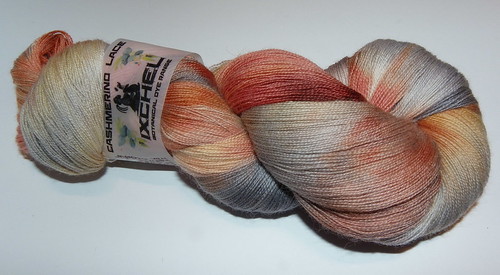
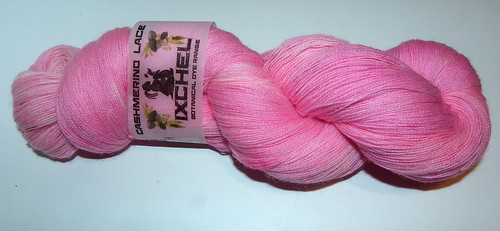
IxCHeL Club Sign ups for 2019 are now open !
Here is a photo compilation of the previous club months January to September to give you an idea what the "Art Journey" Theme of this years clubs has been all about : The interpretation of art into fibre.
IxCHeL Fibre Club January, February and March 2019
The subscription is for a period of three months and you will receive one special hand dyed top/roving per month to the value of AU$24 or more.
All the tops will be hand dyed and will be especially made for the members of IxCHeL Fibre Club ! Price to join the IxCHeL Fibre Club #38 and receive your special hand dyed top :)) for three months (January, February and March 2019) is AU$72 + postage (parcel post or airmail). AND there are good value double serves available !!!
For Australia : single serve $72+$29 postage (parcel post), double serve $136+$29 (save $8) or triple serves $204 (save $12!) + postage
For USA + Canada: single serve AU$72+AU$57 (Airmail) double serve AU$136+AU$57
For UK,Europe, rest of the world: Single serve AU$72+AU$69 (airmail) Double serve AU$136+AU$69
For Asia: Single serve AU$72+AU$50 (airmail) Double serve AU$136+AU$50
If you want to receive a fibre surprise every month then join the IXCHEL FIBRE CLUB #38 now. Numbers are strictly limited ! The January 2019 Club is going to be shipped out end of January, the February club mid February and the March club Early March. Payment via direct deposit or credit card or paypal. Just PM or email me your details.
The IxCHeL Sock Yarn Clubs January, February and March 2019
Every month for three months (January, February and March 2019) you will receive: enough hand dyed luscious yummy yarn to make a pair of socks or a lush shawl or scarf of course! (the hand dyed yarn will be exclusive for the Ixchelbunny SOCK-IT-TO-ME Yarn CLUB and will range from a sockweight yarn (a 4ply/fingering weight yarn) or an 8ply / DK weight enough to make a pair of socks ; Every month a sock pattern, tips and instructions ! Now is that GOOD or is that GOOD ??!
I will even offer a double serve for those of you who like their socks extra long !
For Australia : single serve $87+$29 postage (parcel post) double serve $146(= one skein FREE!!!) +$29
For USA + Canada: single serve AU$87+AU$57 (Airmail) double serve $146 (= one skein FREE!!!) +AU$57
For UK,Europe, rest of the world: Single serve AU$87+AU$69 (airmail) Double serve $145 (= one skein FREE!!!) +AU$69
For Asia: Single serve AU$87+AU$50 (airmail) Double serve $145 (= one skein FREE!!!) +AU$50
Numbers are strictly limited !
Payment via direct deposit or credit card or paypal . Just PM or email me your details
By the way: you don’t HAVE to knit socks if you don’t want to.. the hand dyed yarn is amazingly nice for scarves, cowls, beanies and even tops ! Anything goes . The January 2019 Club is going to be shipped out end of January, the February club mid February and the March club Early March.
IxCHeL Funky Bunny Batt Clubs January, February and March 2019;
Here are all the details and just pm me when you have any questions or want to be part of the funky bunny batt club Movement ;-) Welcome to the blingy dark side ;-D
The subscription is for a period of three months and you will receive one special hand dyed funky bunny batt per month to the value of AU$40 or more .
The batts will range in weight from 140grams to 170grams with luxury fibres like camel , angora, cashmere, silk, yak, llama even wallaby and bison and rare sheep breeds !!!! All the batts will be hand dyed and will be especially made for the members of IxCHeL funky bunny Club ! Every month you will receive a HUGE luxury funky bunny batt !
Sign up now and you will receive an IxCHeL Hand dyed , super luxurious funky bunny batt for July, August and September 2018.
Price to join the IxCHeL Funky bunny for three months is :
For Australia : $114+$29 postage (parcel post)
For USA + Canada: AU$114+AU$57 (Airmail)
For UK,Europe, rest of the world: AU$114+AU$69 (airmail)
For Asia: AU$114+AU$50 (airmail)
If you want to receive a fibre surprise every month then join the IXCHEL FUNKY BUNNY BATT CLUB now.
Numbers are strictly limited !
The January 2019 Club is going to be shipped out end of January, the February club mid February and the March club Early March. Payment via direct deposit or credit card or paypal. Just PM or email me
Have a fun week Creating your Dreams!
All my contact details are here:
How To Order:
1. You can email me on ixchel at rabbit dot com dot au or ixchelbunny at yahoo dot com dot au
2. Message me on facebook or
3. Message me on www.ravelry.com where I am ixchelbunny.
4. message me on Instagram where I am @ixchelbunny
I will email you right back with all your order details and payment methods.
Any questions? Any custom orders for yarn or dyeing fibre? : Please don’t hesitate to ask! Always happy to enable.
2. Message me on facebook or
3. Message me on www.ravelry.com where I am ixchelbunny.
4. message me on Instagram where I am @ixchelbunny
I will email you right back with all your order details and payment methods.
Any questions? Any custom orders for yarn or dyeing fibre? : Please don’t hesitate to ask! Always happy to enable.
RABBIT ON !
((hugs))
Charly

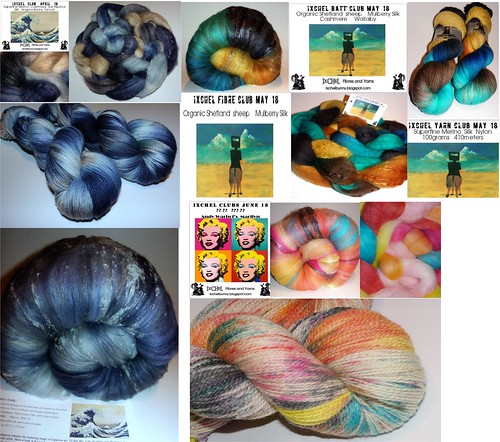


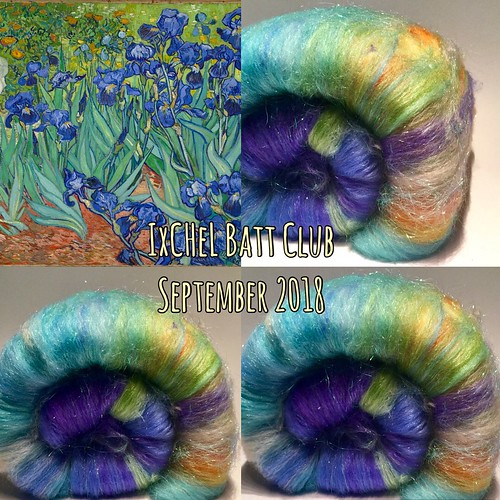
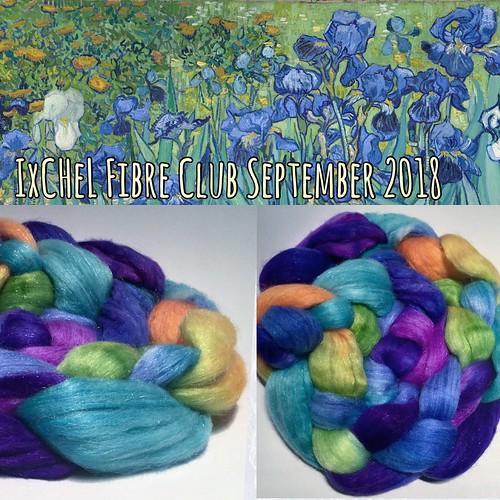

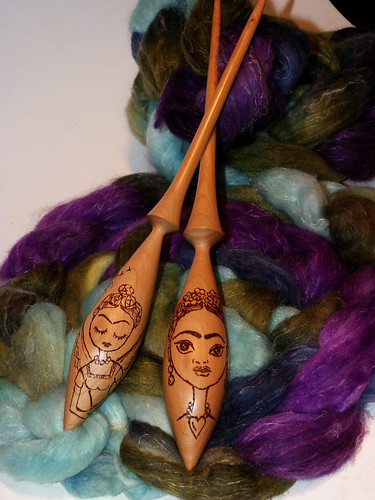



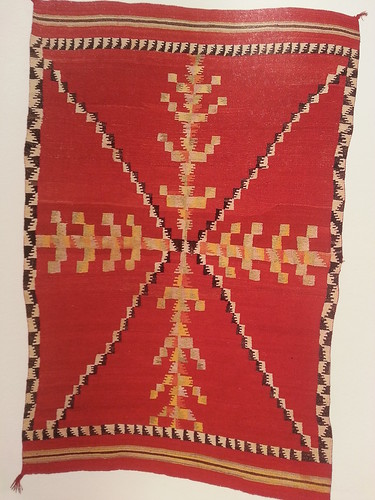

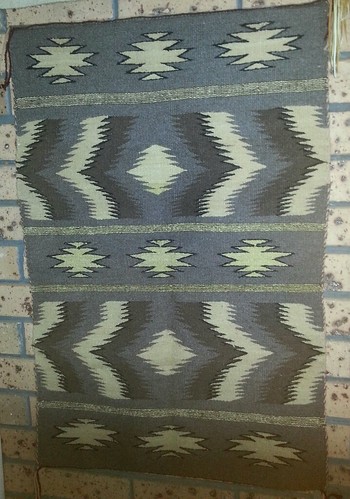
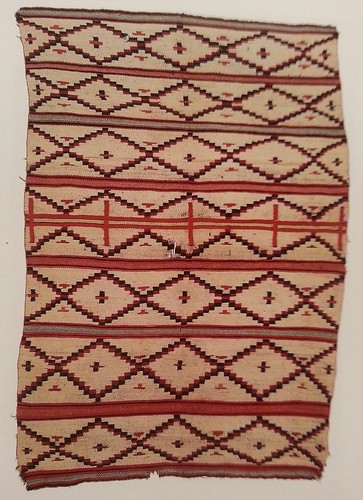

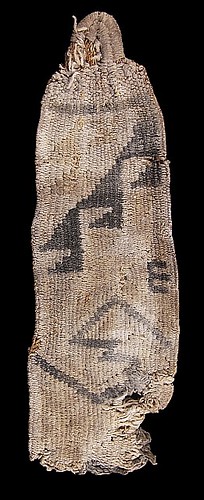
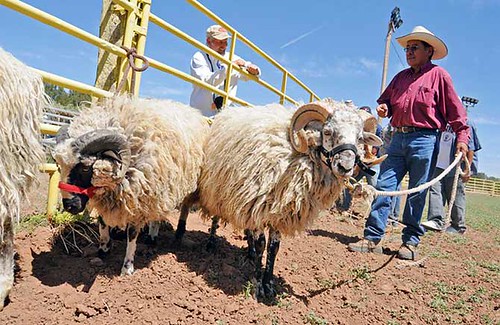

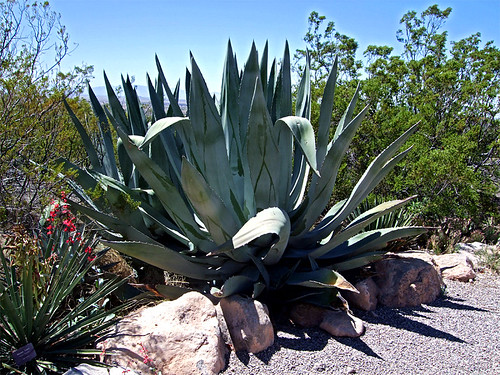

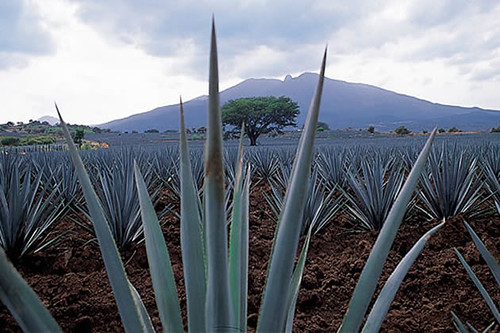
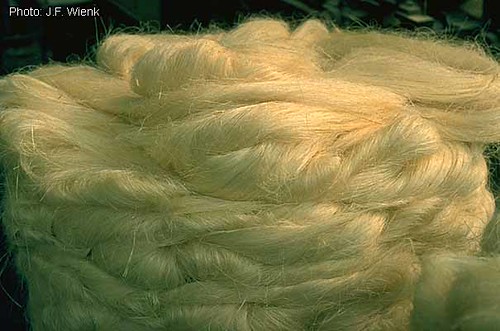
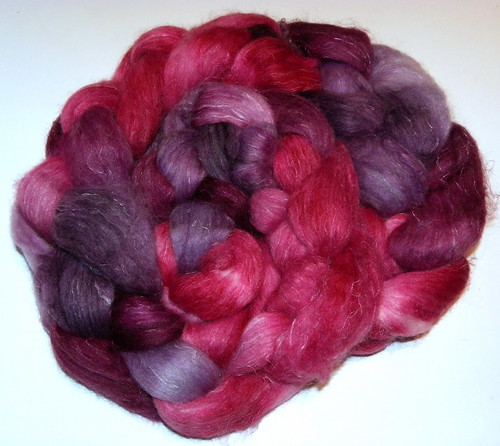
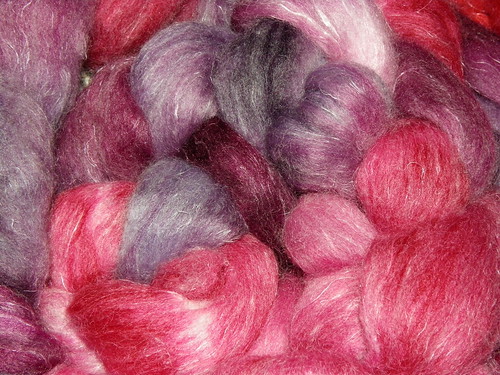 Velvet-2left-
Velvet-2left-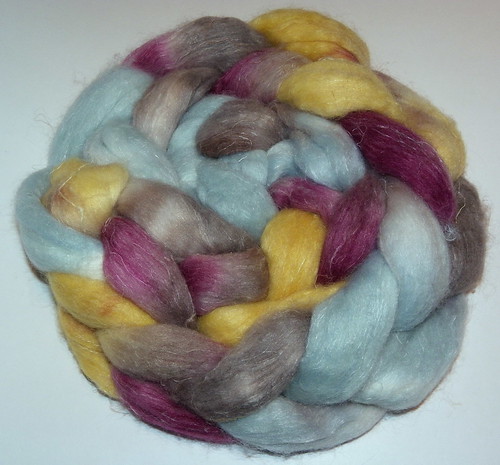
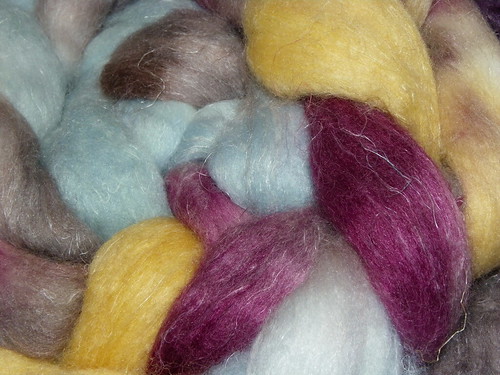 Sexy Weatherman-2left-
Sexy Weatherman-2left-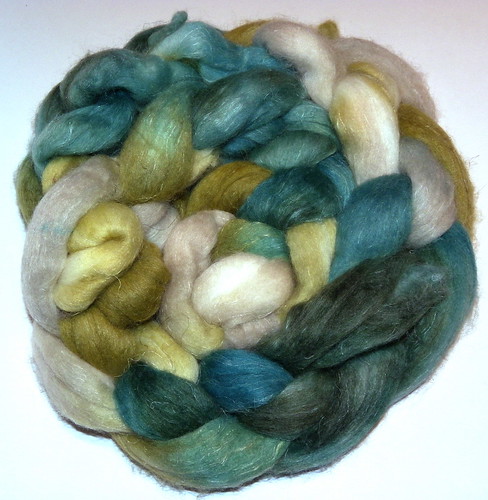
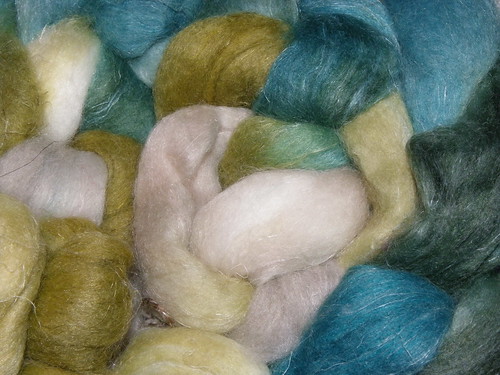 Sexy and Savvy-sold-
Sexy and Savvy-sold-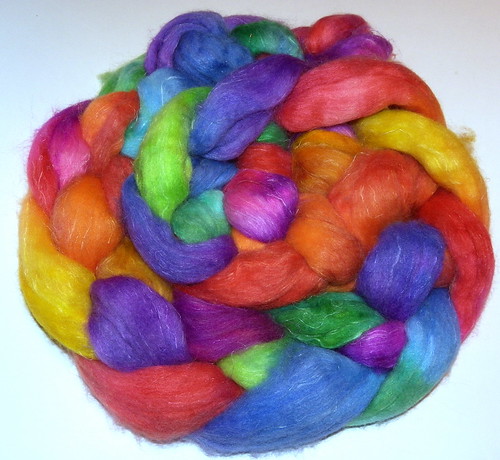
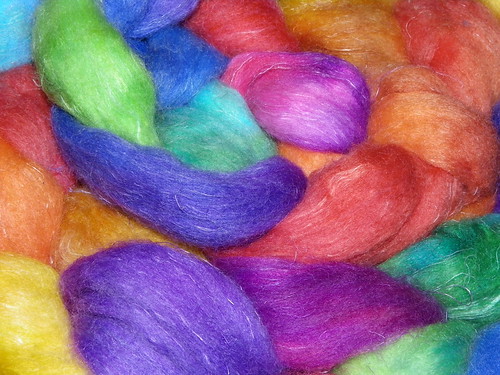 Rainbow-2left-
Rainbow-2left-
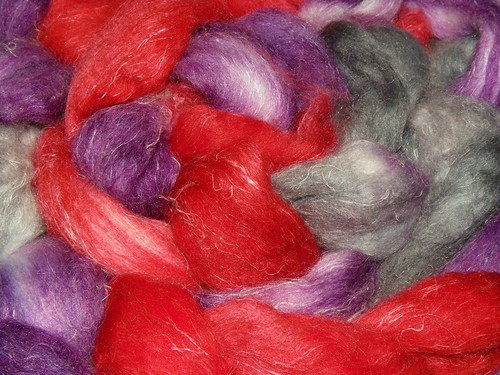 Texas Chainsaw Massacre-2left-
Texas Chainsaw Massacre-2left-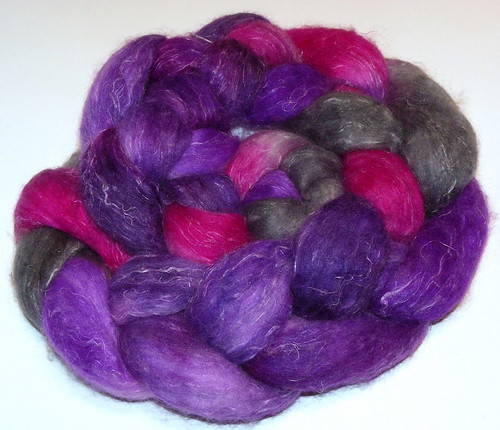
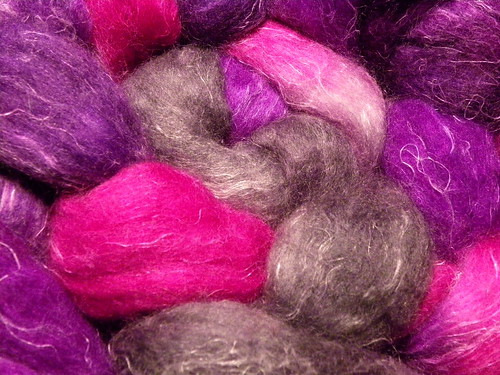 Fright Night-2left-
Fright Night-2left-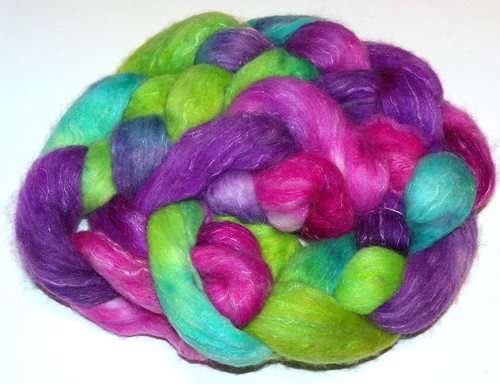
 Pesky Peacock-2left-
Pesky Peacock-2left-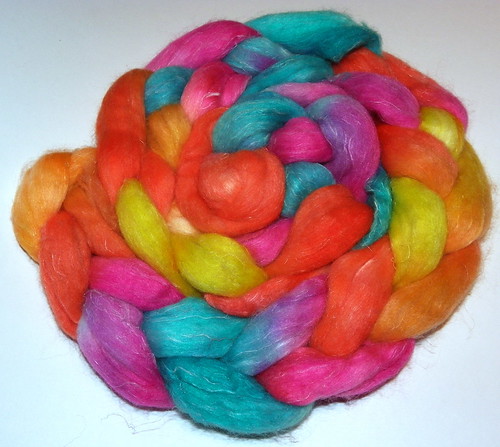
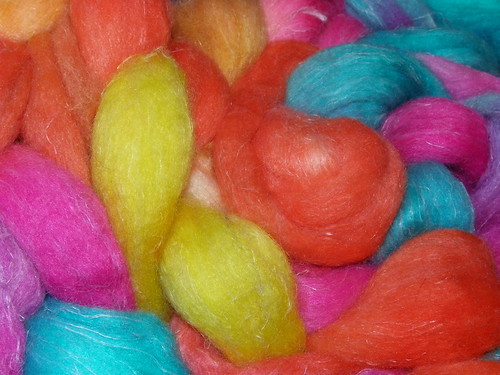 Day of the Dead-4left-
Day of the Dead-4left-
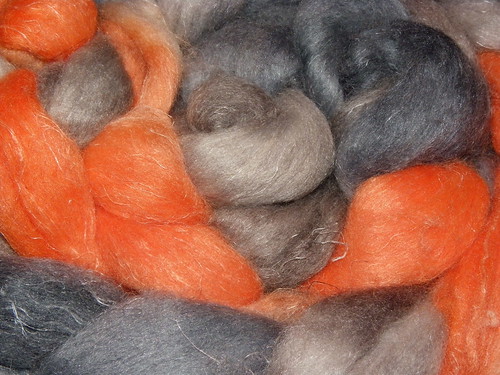 Halloween Town-2left-
Halloween Town-2left-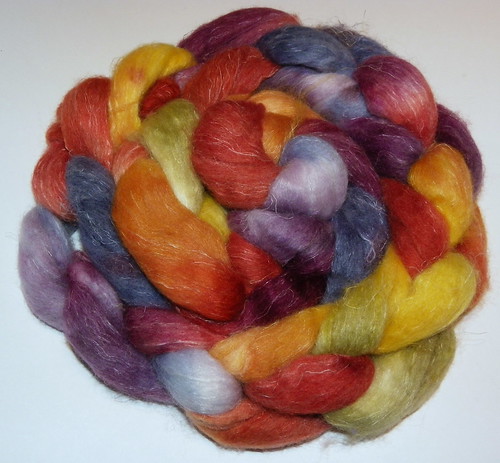
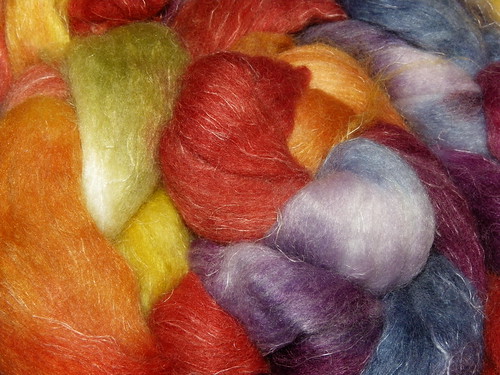 Gem Corn Magic-sold out-
Gem Corn Magic-sold out-
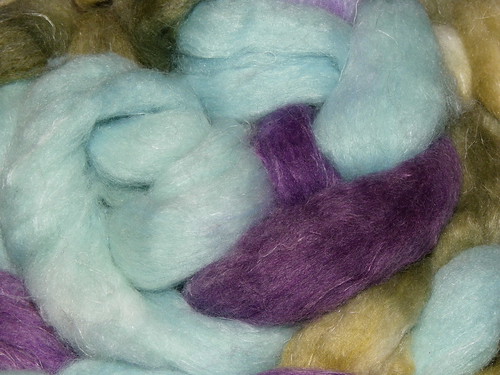 Dusky Heather-2left-
Dusky Heather-2left-
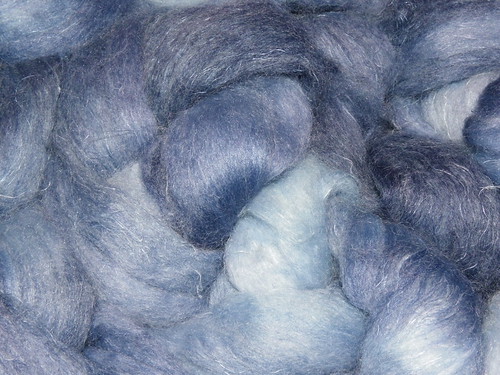 Dark Night, Full Moon-2left-
Dark Night, Full Moon-2left-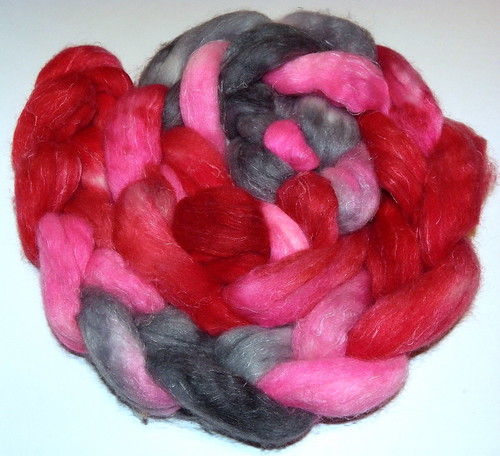
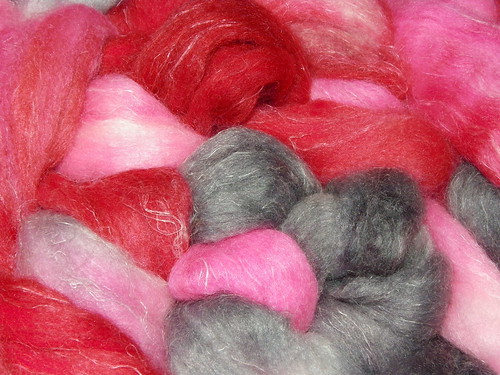 Barbie Doll Friday the 13th-2left-
Barbie Doll Friday the 13th-2left-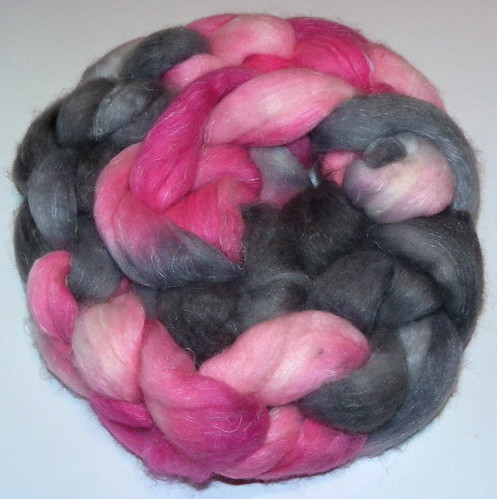
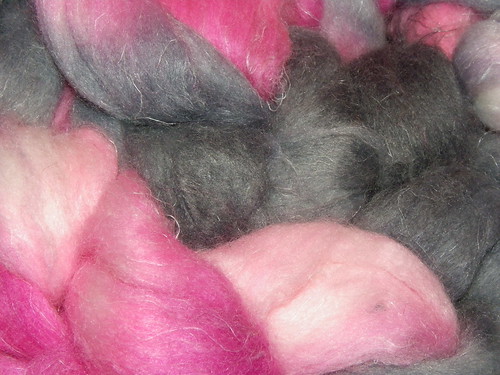 10 Little Piggies-2left-
10 Little Piggies-2left-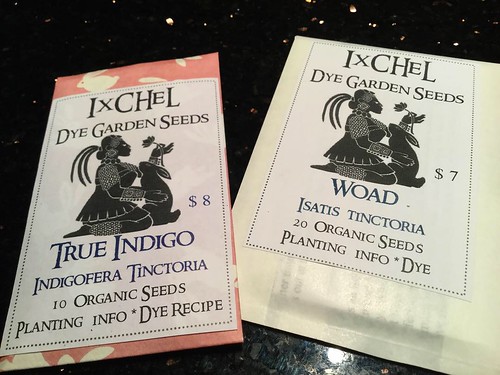
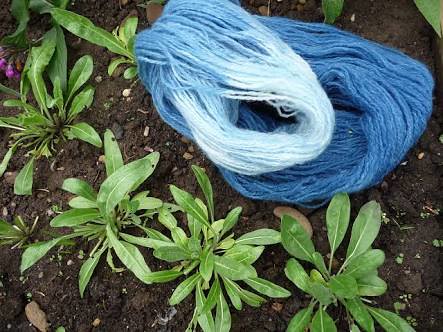 beautiful woad plants getting bigger !
beautiful woad plants getting bigger ! 



